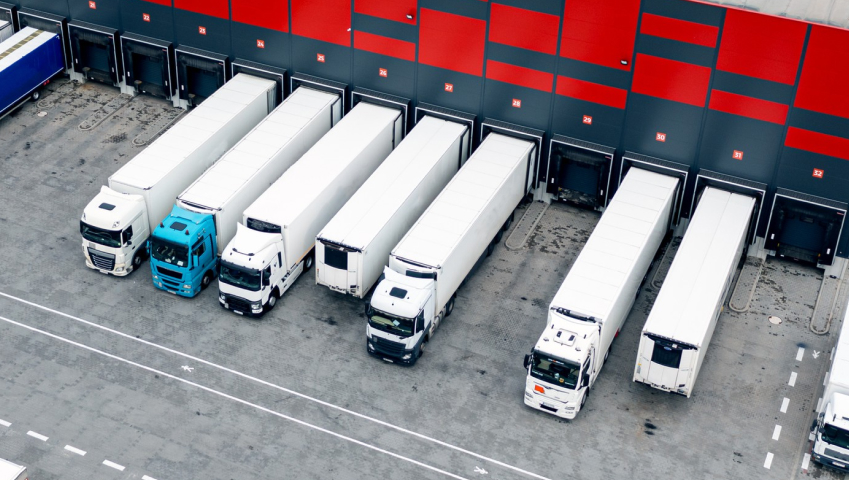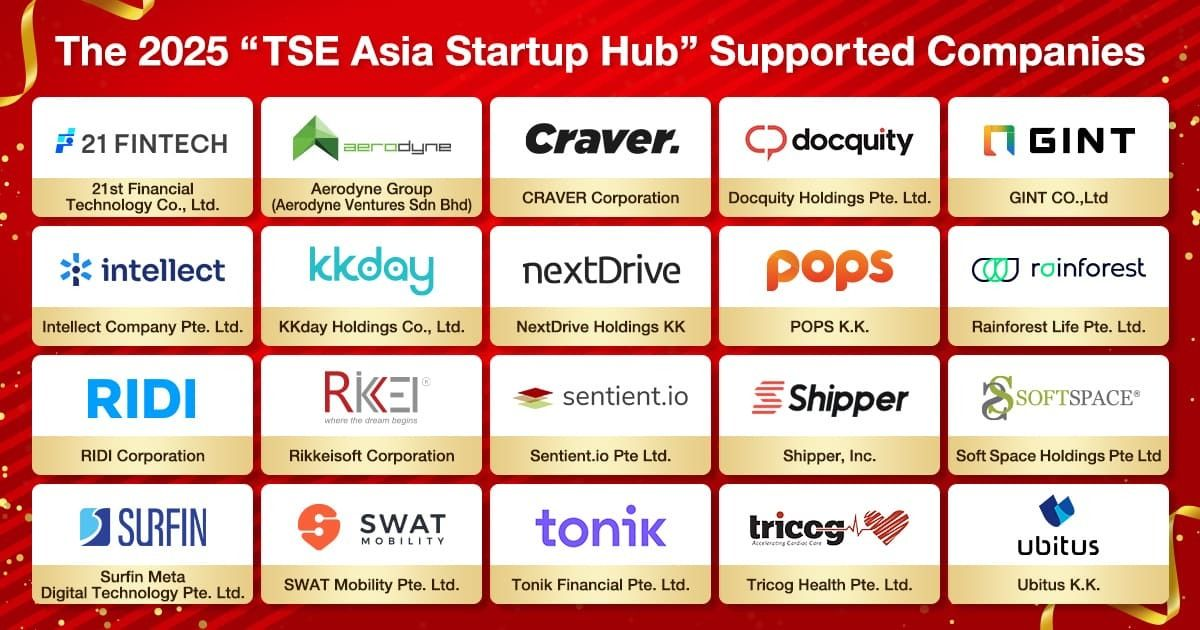
Smarter Centralised Planning for Multi-DC Logistics with Dispatch Management System
Centralised planning creates new efficiencies but also exposes a unique set of challenges that traditional systems struggle to handle. Find out how SWAT Routes makes multi-DC planning practical, empowering centralised logistics teams to manage complex networks with clarity, consistency, and control.

Mandatory Driver Breaks: Balancing Efficiency with Driver Safety
Discover how SWAT Mobility's Fixed Driver Break feature uses AI to automate compliance with mandatory rest regulations, reduce fatigue-related risks, and boost operational performance for drivers. Read more.

Navigating the Human Terrain: Change Management in Route Optimisation
Route optimisation reduces fuel costs, improves customer service, and boosts productivity. However, implementing it successfully involves overcoming challenges such as resistance to change and ensuring smooth adoption, requiring a strategic and thoughtful approach to project management.

Real Time Tracking System: Enhancing Visibility in the Last Mile
A real time tracking system gives logistics teams the tools to track deliveries live, optimise driver routes, and improve customer satisfaction. From managing last-mile challenges to enhancing warehouse coordination, this article explores how real time tracking technology helps businesses boost visibility, reduce delays, and stay competitive in today’s fast-paced delivery landscape.

How to Boost 3PL Third Party Logistics Efficiency with Routing Tools
Boosting 3PL Third Party Logistics with Routing Tools Third-party logistics providers play a critical role in streamlining supply chains. This article explores how 3PL companies across industries—from e-commerce to healthcare—are using smart routing technologies to improve delivery performance, reduce costs, and scale operations. Learn how advanced logistics software is transforming 3PL efficiency in competitive markets.

E-Commerce Logistics: From Basics to Smarter Delivery
The growing importance of e-commerce logistics lies in its ability to ensure fast, efficient, and sustainable delivery solutions amid rising consumer demands. Embracing innovations like AI-driven route optimisation and automated warehousing is crucial for businesses to stay competitive and meet modern expectations.

How Route Optimisation Software Enhances Transport Management System Software in Modern Logistics
Route optimisation software has become a critical component of modern transport management systems (TMS), enabling businesses to streamline delivery operations, reduce fuel costs, and respond dynamically to real-time traffic and road conditions. When integrated with fleet and logistics management tools, this technology enhances supply chain visibility, automates dispatch, and improves last-mile efficiency. As logistics networks grow more complex, companies investing in advanced route optimisation solutions are better positioned to meet rising customer expectations while maintaining operational efficiency and cost control.
.jpg)
Coming Together as a Community for Elderly Mobility & a Success Case Study - Toyono Town
Toyono Town launched Public On-Demand Transport Services powered by SWAT's demand-responsive solution, offering elderly residents affordable, doorstep rides. This community-driven initiative, shaped by collaboration with residents, local groups, and officials, ensures accessibility while preserving independence.

Embracing the Future of Logistics: Key Strategies for Resilience, Efficiency, and Sustainability
In the rapidly shifting logistics landscape, companies must focus on three strategies to stay competitive: managing risks, leveraging technology for growth and efficiency, and committing to sustainability. Business Development Director Beep explains how these approaches help logistics businesses strengthen operations, adapt to change, and build resilience.

Boosting Supply Chain Planning, Execution, and Transparency through Technology
The rapid growth of e-commerce, increasingly complex international trade, and ever-rising customer expectations create new challenges for businesses worldwide. Traditional supply chain models are struggling to keep pace with these demands. Advanced technologies are needed to reshape how we plan, execute, and monitor the flow of goods and services.

Smart Mobility Solutions: Addressing Urbanisation, Sustainability, and Accessibility
Clement Ho, Head of Business Operations, was featured as a speaker at Global Mass Transit's 7th Transit Ticketing & Fare Collection APAC 2024 Conference, where he delivered a presentation during the "Emerging New Mobility Services and Models" session. This blog article recaps his presentation, which highlighted key global trends and showcased how smart mobility solutions are addressing evolving transportation challenges effectively.

Demystifying the Benefits of Route Optimisation for Logistics Providers
Route Optimisation is complex and often challenging to explain to non-technical stakeholders. Breaking it down into four steps clarifies what it does and how it benefits Logistics Providers.

Route Planning vs Route Optimisation
In today’s competitive logistics landscape, an advanced route planning system is crucial for businesses aiming to boost delivery efficiency and scale operations seamlessly. As customer expectations rise, companies must ensure they deliver goods both swiftly and cost-effectively.

5 Key Features to Consider in Route Optimisation Software
In the fast-paced world of logistics and supply chain management, the efficiency of route optimisation can make or break your operations. Selecting the right route optimisation software is crucial to ensure timely deliveries, optimise resource utilisation, and maintain customer satisfaction.

Trends Shaping the Future of Logistics Industry
The logistics industry is undergoing a profound transformation, driven by technological advancements and a growing emphasis on sustainability. This era marks a pivotal shift from traditional logistics paradigms to a more dynamic and interconnected ecosystem.



.webp)

.svg)





.jpg)

